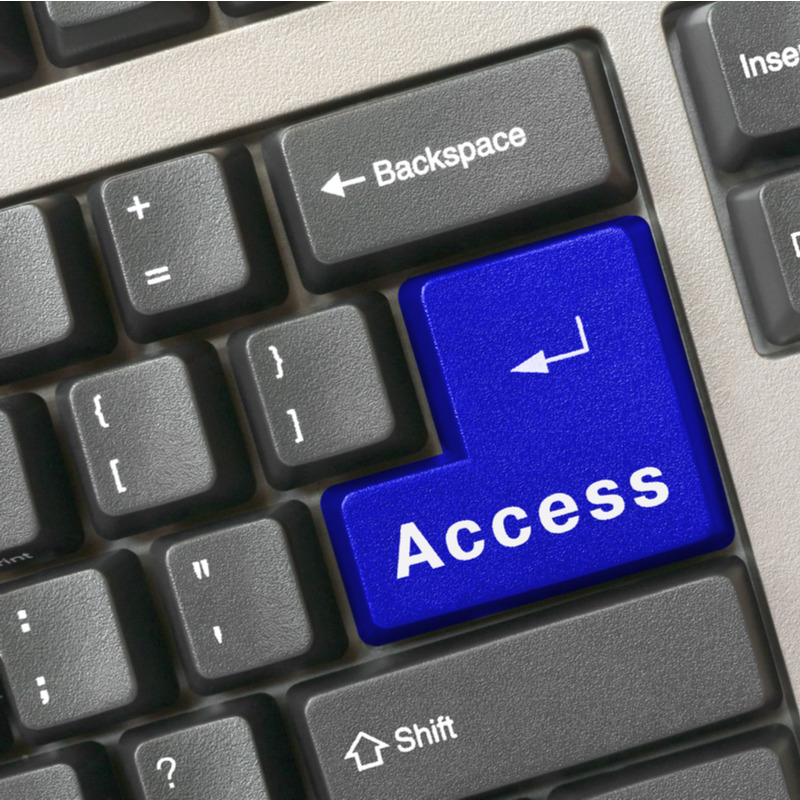
Accessible Web Design For Everyone
Make every website feature, element, and pixel accessible for all of your users. You wouldn’t ignore paying customers in a brick-and-mortar store, so your brand’s digital experience should be no different. 3 Media Web can provide VPAT certification of your website upon request.
Keep All of Your Users In Mind
Equitable digital experiences make the internet a better place for everyone. Your website shouldn’t cater to any single group online but instead, focus on being inclusive to let your full audience access your content. When requesting an ADA Compliant website, our teams work hard to pass rigorous accessibility standards throughout every stage of our development process.


More Effective, Equitable Design
Often, design changes made with accessibility in mind also provide the rest of your website visitors a better digital experience. Text, images, or features that are hard to see, read, or use may be giving people without accessibility concerns similar problems without you knowing it. Our team can help.

Future Compliance
According to recent court cases regarding accessibility, it may soon become the standard, even required, to design websites to remedy all accessibility concerns. Instead of waiting to be penalized for a website that doesn’t work for all before it’s required by law, addresses the accessibility issues that may cause some of your audience to drop off from your website. 3 Media Web is skilled at building and maintaining websites that meet accessibility guidelines.
A company-wide focus on accessibility.
When working on a web accessibility project, our team of web designers, web developers, and project managers constantly measure their design against accessibility standards that make websites useful for all users. If web accessibility is important to you, your business website can be compliant right from launch.
All of our website accessibility projects are:
- Tracked carefully to stay on budget and meet every deadline
- Measured against accessibility standards and best practices
- Supported by our team of experienced developers and innovative designers
We can also help you:
- Host and support your website with our experienced technical services team
- Integrate your the internal systems of your business with your website
- Upgrade your website design to be responsive and influence user behavior

The Essential ADA Website Compliance Handbook
Confused about Web Accessibility? It’s a complicated matter that needs to be taken seriously. Business owners often approach us asking for guidance and clarification about what they need to do to bring their business site up to code.
FAQs
Is every website you build accessible?
We strongly suggest that everyone includes web accessibility in their web design projects. This often adds time and budget to your project. You must specifically request this to be part of your project. However, going through this process can save you time and money in the future if a lawsuit is brought against you.
Why is everyone so concerned with accessibility lately?
It might seem like a time-consuming process, but improving web accessibility can only help your site and expand your potential audience.
The Web Accessibility Initiative states those with disabilities should be able to “perceive, understand, and interact with the web” and should also be able to “contribute to the web” in a meaningful manner.
Improving web accessibility enhances the user experience for said individuals. While the motivations behind prioritizing accessibility may range from altruistic (improving the lives of people with disabilities) to selfish (avoiding negative public blowback), the end goal of opening the internet to a broader user base remains the same.
We can help evaluate your current levels of accessibility and help improve your web accessibility down the road.
Does my website need to be ADA-compliant?
In short, yes. Even if you’re not a government agency or vendor. The ADA is now being extended to cover private enterprise, too. Therefore, it’s wise to ensure your website is ADA compliant. If it isn’t, make the necessary adjustments as quickly as possible.
If you don’t, you risk losing potential customers who cannot use your website, but you also open yourself to the risk of a lawsuit.
Still curious? Read our guide→ Does My Website Need to be ADA-Compliant?
How can I start making my website more accessible?
Accessibility for web design focuses on three main areas: compatibility with tools like text-to-speech and magnification readers, usability for the visually or cognitively impaired, and navigability for those with physical disabilities.
Start with these items—
- Use content tools with accessibility features
- Always use complete metadata and tags
- Use accessible text formatting
- Maintain best practices for links
- Avoid tables and layout complexity
- Enable keyboard navigation
- Make smart color choices
- Keep inputs and forms accessible
- Use best practices for dynamic content and ARIA
- Good UI/UX is inherently accessible
Need a little more explanation? Read our guide→ 10 Tips for Making Your Website Accessible (What You Need to Know)
How can my Digital Marketing be more accessible?
By starting with text. Most social platforms are built on audio, video, and graphics.
The text connects these formats. Users and assistive technologies can translate text into any other format (speech, visual, etc.).
Text is adaptable and accessible.
Need step-by-step instructions? Please read our guide→ Accessibility in Digital Marketing.
